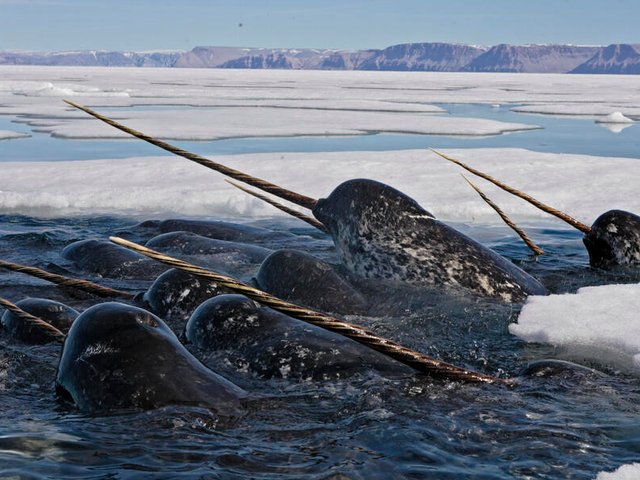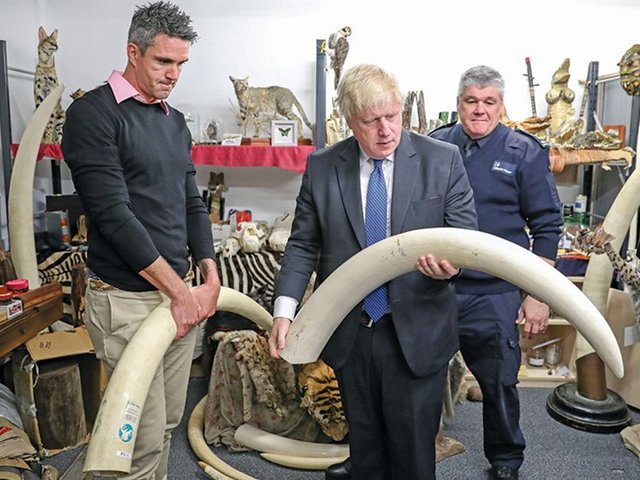A French government proposal for a complete ban on selling ivory in France and its territories has drawn fire from French art market professionals, who say the move will force the antique ivory trade underground. The plans, put forward by Ségolène Royal, the minister for energy and the environment, could “force all transactions involving objects dating from the 16th to the 19th centuries onto the black market”, says Alexandre Debussy, a partner at the Cannes Enchères auction house, which holds dedicated ivory sales every two months.
In April, while attending the destruction of a vast ivory stockpile in Kenya, Royal announced that she intends to “enforce a complete ban on ivory sales in France, and in French territories, with only exceptional exemptions permitted”. She also called on all European Union member states to follow the precedent set by Germany, Sweden and the UK in banning raw ivory exports.
Along with 79 other countries, France signed up to Cites (the Convention on International Trade in Endangered Species of Wild Fauna and Flora) in 1973. The objective of the convention was to regulate the trade in endangered species, including the sale of elephant ivory (182 countries have subsequently ratified the pact). In 1989, Cites member states imposed a ban on the international trade in elephant ivory, although antique ivory that was bought before 3 March 1947 can still be sold commercially in Europe.
Proposed ban sparks fury Royal’s call for a total boycott has sparked fury among the art market’s professional bodies in France. Dominique Chevalier, the president of the Syndicat National des Antiquaires (the French association of antiques dealers) and Jean-Pierre Osenat, the president of Symev (the French auctioneers’ association), along with three other signatories, have sent an open letter to Royal criticising the proposed prohibition.
“Over the centuries, ivory has been used in numerous works: in sculpted and carved pieces, as part of furniture and wooden objects, in musical instruments and weapons, etc. The prospect of seeing these items suddenly banned from sale therefore raises deep concerns among trade professionals, as well as collectors and antique connoisseurs,” the letter says.
The move would also lead to the growth of an unregulated “opaque parallel” market without any legal guidelines, the signatories say.
In a bid to stop the sale of contemporary ivory, the representatives suggest a “period of consultation” with Royal, whose proposed law still needs the approval of the French National Assembly. Royal declined to comment on the contents of the letter.
Africa squeezed The Born Free Foundation, a UK-based wildlife conservation organisation, welcomed Royal’s “bold step”, but Will Travers, its president, asks: “Will France make additional and significant financial support available to the many Francophone African countries whose elephants are in particular peril, especially those in Central and West Africa?”
In September 2015, China and the US signed an agreement enforcing a ban on the import and export of ivory. But while the US adheres to the Cites guidelines, the US Fish and Wildlife Service, a government department, issued further conditions qualifying that support in February 2014. These include that any ivory “legally acquired and removed from the wild prior to 26 February 1976” can be included in touring exhibitions.
Last year, the US government proposed revising the law that deals specifically with ivory from African elephants. The legislation has yet to go before Congress but if the proposed law is passed, then the government may ban the acquisition or exhibition of works that are less than 100 years old or incorporate more than 20% ivory.




